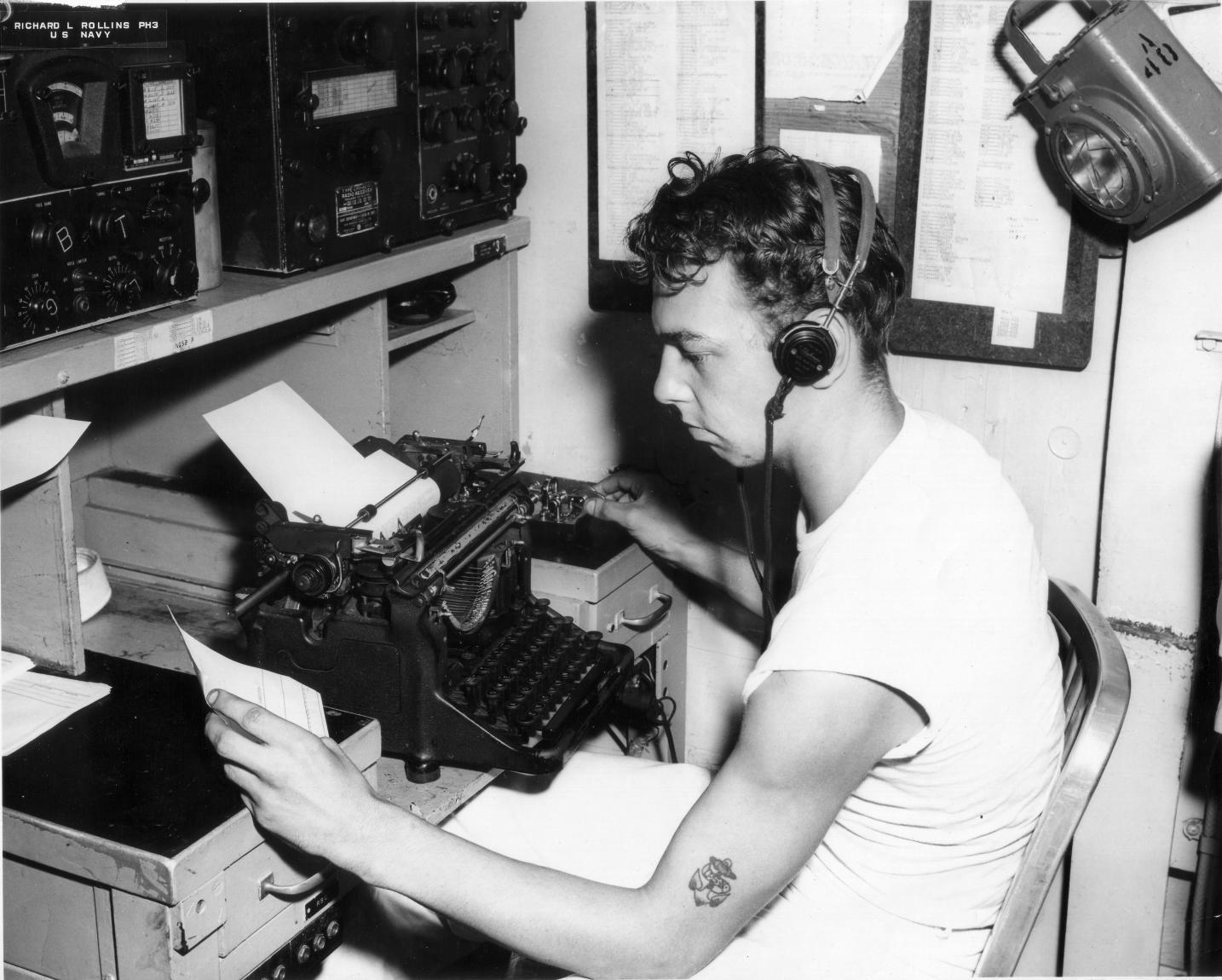On a recent Sunday morning, after checking into a routine CW net, some adjacent channel interference appeared near 7116 kHz. The transmissions seemed unusually brief, so curiosity got the best of me, and I tuned in the activity, which turned out to be an emergency communications exercise taking place in the Province of Ontario.
While catching-up on paperwork at my desk on the opposite side of the room, I monitored the communications traffic for an hour or so, the nature of which proved instructive (as often is the case). Some observations included:
- Messages contained no accountability data. For example, a message reported a quantity of diesel fuel on hand, but it was not addressed to any particular official or functional position within an emergency management process.
- When message confirmations were requested, the replies did not reference any original message, either by description or message number.
- Messages originated did not incorporate a signature or “from” line that could be used to assign responsibility for message content to a competent authority.
- No temporal context was provided with the message; that is, no date-time group was incorporated. For example, if a message reported so much fuel was on hand, one had no idea when that measure was taken. Was it three hours ago? Was it last night? Was it two days ago? What is the rate of usage?
- There was no message prioritization in place. There was no evidence of precedence being assigned, such as “priority,” “emergency,” or “flash,” or other evidence of some type of prioritization process in place.
So, let’s start with the latter issue. While the lack of message precedence may have been fine for a nice, neatly packaged drill, what happens in a real disaster when circuits have much larger quantities of message traffic flowing between multiple agencies or players? What happens when a net or circuit begins to approach maximum capacity and decisions must then be made about which messages are to be given priority based on their relative importance?
Next, let’s examine temporal context. The radiogram and radiogram-ICS213 message formats incorporate a time of origin because temporal context is extremely important in a disaster. How old is the data provided? Has the information provided in the message body been superseded by more up-to-date information, and how does this new information affect the decision-making process?
Now, let’s look at accountability. It seems reasonable that the radio amateurs are not responsible for managing the diesel fuel supply, at least not in quantities above 1000 Imperial Gallons or the like. Therefore, who is responsible for reporting the CORRECT amount? More importantly, if the amount reported is incorrect, who gets the blame? In the case of the exercise monitored, the blame may go to the ham radio group instead of the agency. Why? Because the message lacked accountability information. No responsible official signed the message. This is why the radiogram and radiogram-ICS213 messages require signatures and, in the case of official traffic, agency and title or NIMS position.
Have you ever wondered why radiogram messages incorporate a message serial number? The answer is contained in this exercise. If one wants delivery verification, the message number and appropriate handling instruction solves the problem. A simple “Message 23 delivered to [name/position of official] at [time indicated]” will suffice. If a reply is received in response to an inquiry, the official needs only reference the message number. When dozens or hundreds of messages are moving on a radio net or circuit, the use of a message serial number prevents confusion and makes verification of delivery easy to confirm and document.
Lastly, let’s look at the lack of an “address.” When supporting emergency services, the radio operator is usually NOT the decision maker or responsible party. The radio operator is an intermediary, a type of messenger. An authorized civil authority must be the ultimate recipient of the message; therefore, it must be addressed to an individual, title and/or agency or a functional position. This ensures the message can be acted upon by someone with the authority to analyze the data and issue appropriate directives in response to the content.
This is why Radio Relay International utilizes the radiogram wrapper for its communications processes. It provides everything needed:
- Message serial numbers for service, confirmations, or reference in replies.
- Message prioritization to ensure the most important messages are given priority, particularly when communications circuit capacity is lacking.
- Network topology data in the form of a station of origin and place of origin to facilitate message routing amidst complex layered network infrastructures.
- A time of origin (date-time group), which indicates when the message was drafted and tendered for origination to the radio operator, thereby placing data in a temporal framework to ensure efficient decision-making by authorities.
- Accountability data in the form of an address and signature (“To” and “From”) to indicate appropriate authority or responsibility for originating or responding to and acting upon the message content.
Radio Relay International is a group of quiet professionals. We do the job right. We base standards on real-world requirements. Our goal is to provide infrastructure that can be relied upon whether the message content is a day-to-day routine message or an emergency message.
Remember! It is not the message content that is important. Rather, it is the infrastructure and the methods that matter. The same infrastructure, when managed professionally, can carry a birthday greeting on Monday, and, ideally, respond to a major hurricane on Friday. It’s about training, relationships, and professional methods.
The promise of emergency communications services is not LARPing. It’s a responsibility. Take the RRI training courses. Participate in RRI and NTS traffic nets. Learn how to do things the right way. Become that quiet professional upon whom others can rely!

